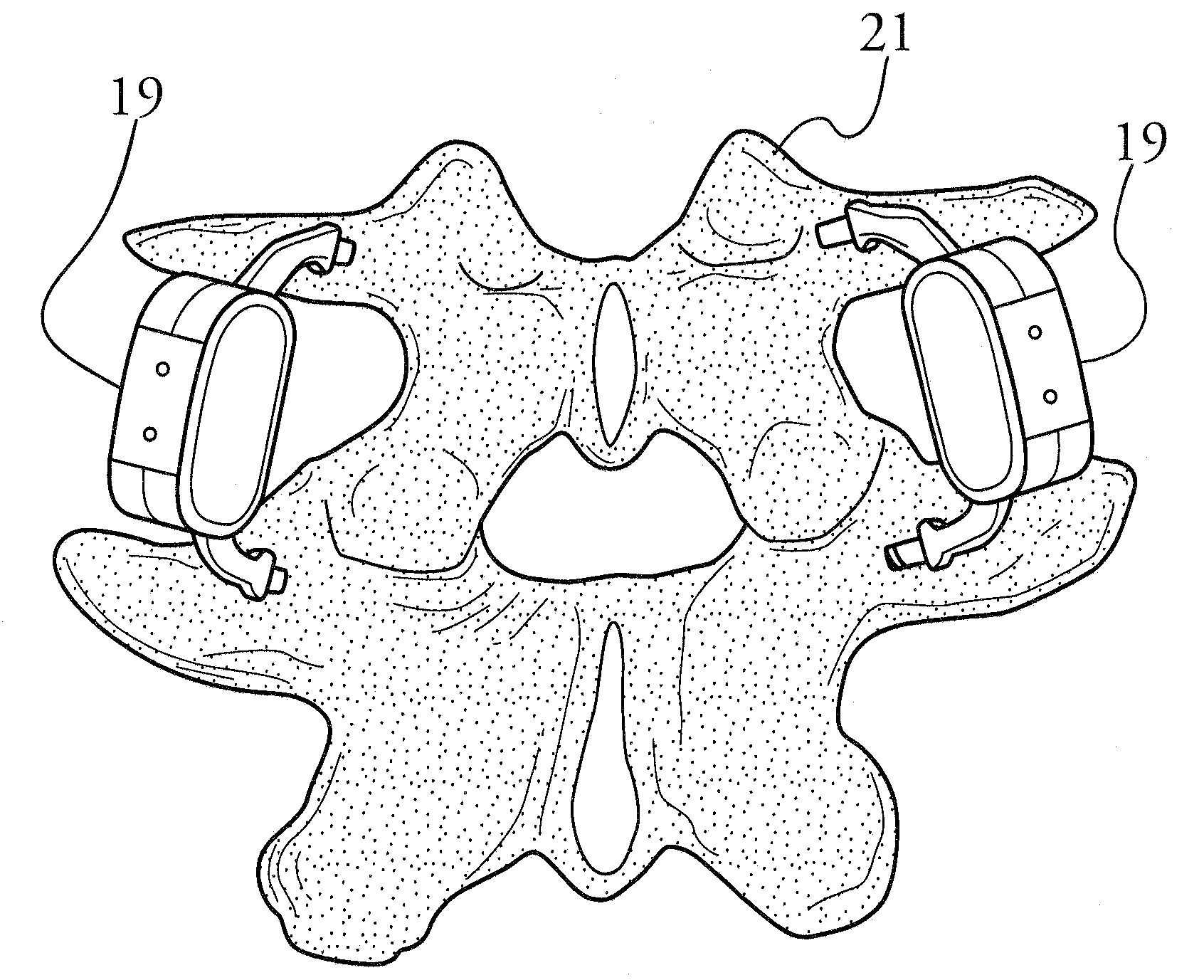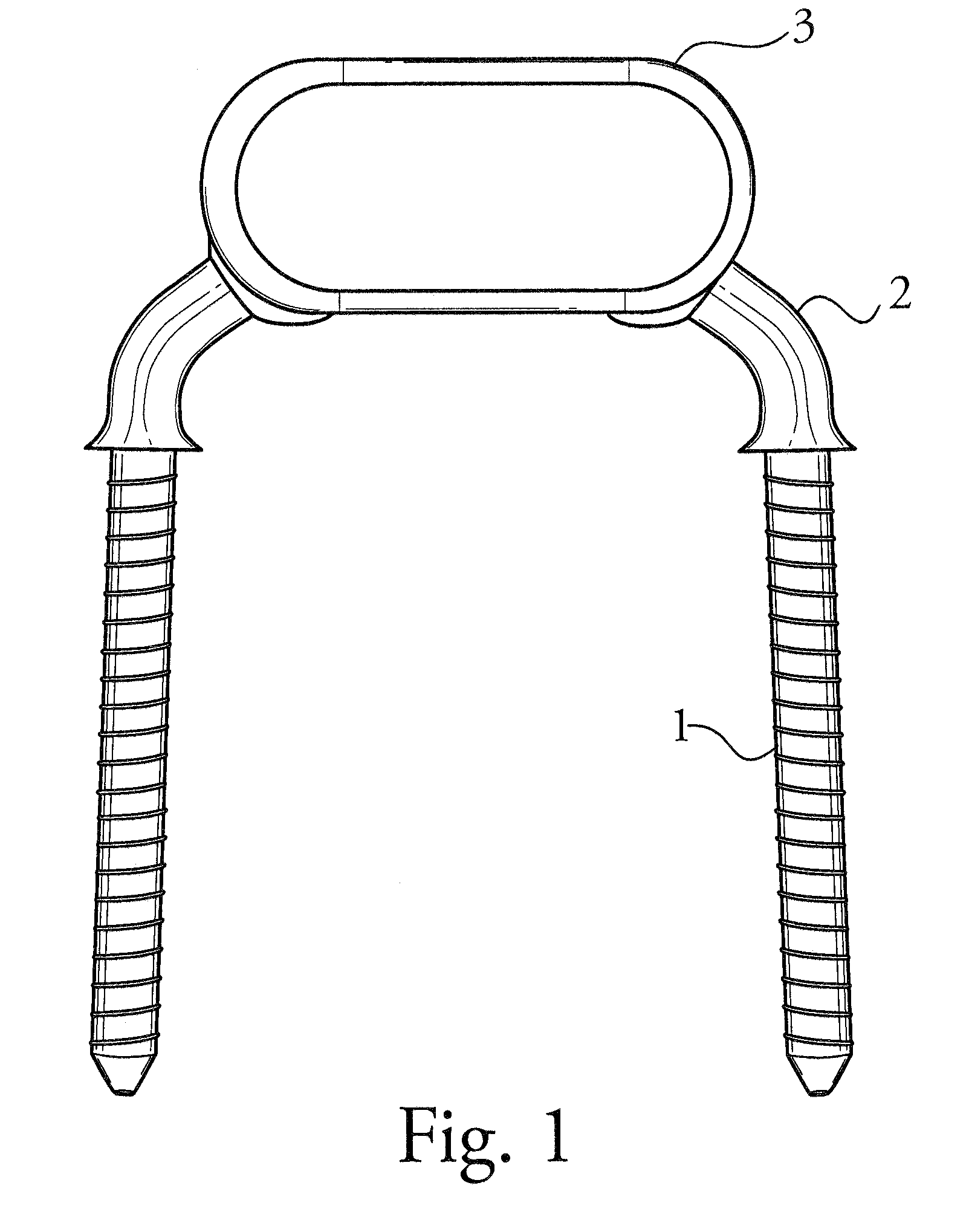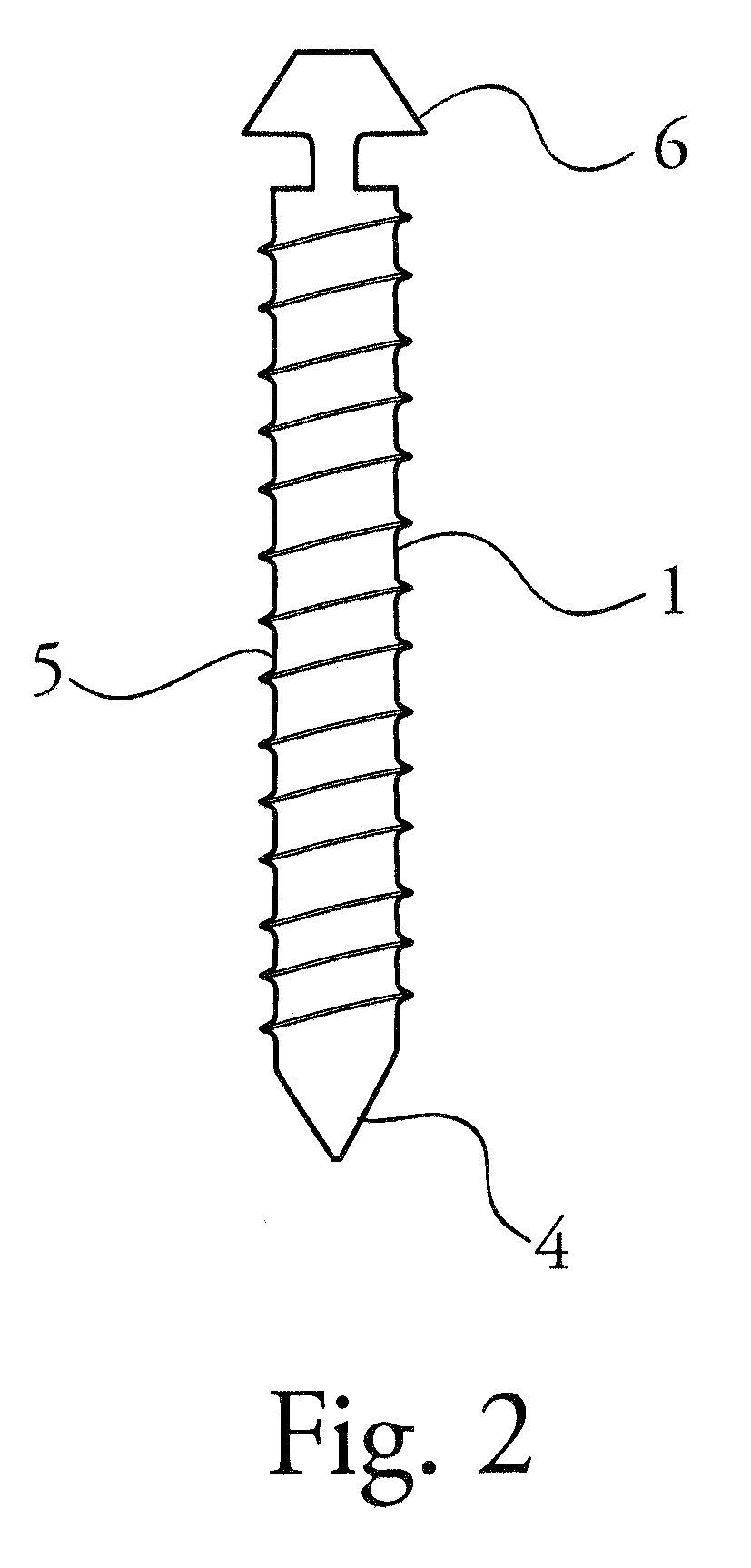The costs associated with the overall medical and
surgical treatment of
back pain in the United States are currently estimated at a staggering $90 B annually, and this does not begin to measure the loss of wages and productivity, as well as disability benefits, legal costs, and other expenses borne by the
system Overall, the global cost of
back pain in America is virtually immeasurable.
These observations led to the speculation that lower back pain associated with
degenerative disease is the result of excessive or abnormal movement of the vertebrae as they related to one another, resulting from relative incompetence of the disc and
facet joints as the degenerative process advances.
However, this is obviously vastly over-simplifying both the biomechanic and global physiologic scheme of the spine.
And, as a corollary, it is now being appreciated that abnormal function of any of these structures, alone or in combination, can result in back pain.
However, most agree that the term “spinal
instability,” reflects a condition in which the normal, physiologic movement of one or more segments of the spine has been replaced by a movement which is either excessive, or of an abnormal rotational or translational nature.
The problem, adding to the complexity of the biomechanical discussion, is that since human beings (and presumably their spines) come in many different sizes and shapes, attempting to postulate a “normal”
range of movement can result in a number of inaccuracies.
It is believed that subtle translational
instability (perhaps even so subtle that good diagnostic evaluations to determine the presence of such a translational
instability are not yet available to clinicians) may be responsible for a great deal of back pain associated with degenerative
disease.
Yet another type of abnormal movement is rotational movement.
In addition to these movements, there are abnormal postures of the spine such as
scoliosis,
kyphosis, and excessive
lordosis.
In general, the current wisdom in
spinal surgery contends that the progression of degenerative
disease of the spine is characterized by laxity of associated ligaments, as well as loss of competency of the disc joints and
facet joints resulting in excessive movement of the spine.
Theoretically, any condition incarcerating the exiting nerve roots can putatively lead to radicular symptoms.
With this type of procedure, there has been such extensive derangement that the
normal anatomy can no longer be restored.
However, that was partly because this
population is often elderly and is not very physically active, either before or after the
surgery.
Clearly, doing a multi-level laminectomy in someone who is planning to continue to be very active is fraught with potential
long term complications.
However, this Charite' disc is unfortunately, not without its issues and complications as well.
Although the interpretation of the statistics is certainly subject to individual understanding, there is without question a number of patients who continue to do poorly, even after the placement of the Charite' disc.
It is very clear, however, that spinal dynamics are of a sufficient level of complexity that these types of first and second generation devices are not going to be able to fully accommodate the demands placed on such theoretical device.
Spinal dynamics are clearly much more complicated than the dynamics at other joints, including the hip.
The
mechanical devices of the first and second generation artificial discs, which are currently on the market, do not have the wide range of responses to these many different mechanical stresses.
Rather, these devices will respond to a very specific sequence of stressors, thus making them subject to mechanical fatigue over time.
In addition, other problems may eventually present themselves including
subsidence around the disc or alternatively possibly even autofusion.
Over the long term, this could have significant, adverse effects on a level in which an
artificial disc has been placed.
It requires an anterior transabdominal or retroperitoneal approach to the
disc space in question, and particularly in the setting of an L4-5 operation, carries with it the
potential risk of catastrophic or even lethal vascular injury to structures such as the
aorta, the
inferior vena cava, or the iliac vessels.
Hence, the surgical, technical, and
anesthetic challenges will sometimes disqualify a patient from the
surgery who would otherwise greatly benefit from a motion preserving technology.
This creates a dilemma for many surgeons, such that many surgeons agree with the theoretic basis and indications for disc replacement, but are concerned with undertaking such a significant surgical procedure in order to place a device that may not truly accomplish the desired endpoints.
Furthermore, in a number of cases, patients are not medically capable of tolerating this surgical procedure and its attendant
anesthesia.
Such a
system might also provide an element of
distraction, and in that way provide a partial “unloading” of the associated disc.
Secondly, because it can be accomplished in a much shorter period of time, it requires far less
anesthesia.
Thirdly, the potential complications are significantly less, primarily due to some of the issues elucidated above.
Therefore, it has become apparent, that at least in some instances, it is desirable to achieve a surgical endpoint in which preserving the motion of the involved
spinal segment is desired but performing the necessary
surgery to accomplish “
total disc replacement” is not appropriate.
One issue that is often a focus of discussion is the role that the [loss of]
disc height contributes to the overall
pathology.
However, the issues are much less clear in terms of
discogenic pain syndromes.
While many authors feel that the loss of
disc height is associated with back pain, extensive review of the literature fails to demonstrate this to be a universal truth.
Moreover, while theories regarding the genesis of such pain abound, none have been completely accepted.
But it is clear that in at least a subset of patients, these changes ultimately lead to further
disc degeneration resulting in painful discopathy.
 Login to View More
Login to View More  Login to View More
Login to View More 


